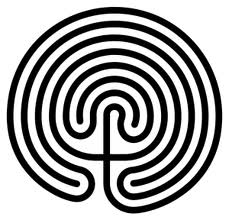Labour:Transition
I came into my class last night and overheard one of my students telling the mantra her midwife had said to her;
‘If you get to the stage when you feel like you can’t do it any more, you’ve already done it!’
I knew instantly she was talking about transition, which is typically the most intense episode at the end of the first stage of labour before you enter the second stage, the delivery of your baby.
Transition tends to be the shortest yet the most difficult stage in the birthing process, the major marker being some mothers are overwhelmed with the feeling of ‘giving up’ and ‘being out of control.’ Its been likened to hitting the wall in a marathon.
As the mother enters this stage there is a huge rush of hormones to support her through the process, if she allows herself to listen to her instincts, trust, have faith and surrender to the occasion.
The hormone Oxytocin (referred to as the love-making hormone) gradually increases during labour and reaches it peak just before the birth. The same hormone which is released during orgasm, oxytocin encourages us to “forget ourselves”. In a direct response to the intense surges during this stage, the body naturally produces the calming and pain-relieving hormones; endorphins.
During transition the mother may need reassurance that she and her baby are doing well, she may say things like; “I can’t do this,” or “I need something,” indirectly asking for support or to do something different.
As a birthing partner this is the time to dip into your ‘tool box’ assist her to try different birthing positions, focus on breathing, use visualizations, positive affirmations, massage or simply allow her to be, by giving her the physical and emotional space to labour.
Reminding her; If she gets to the stage when she feels like she can’t do it any more, she’s already done it!’

